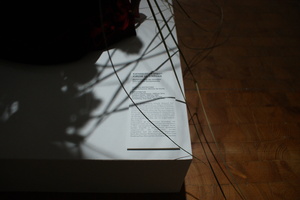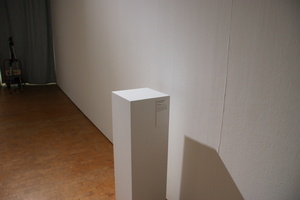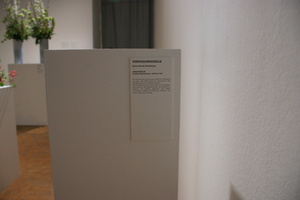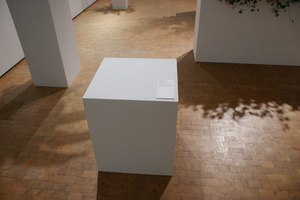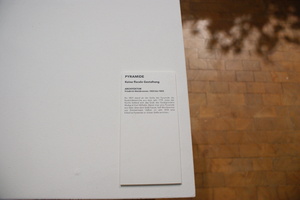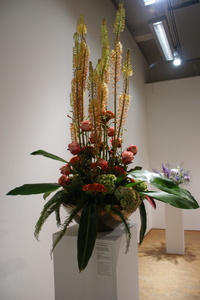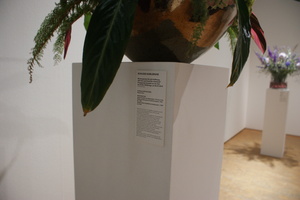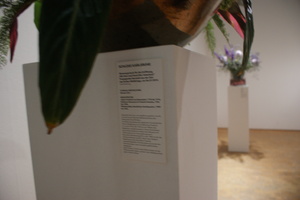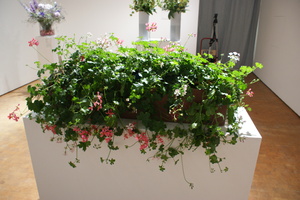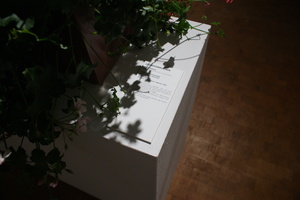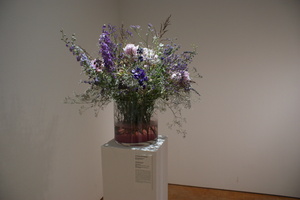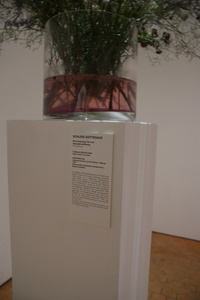Rechte
Alle Inhalte mit Metadaten des Vokabulars "Rechte". Sie sehen nur Inhalte, für die Sie berechtigt sind.
2935 Inhalte
- Seite 1 von 245
No Mythologies to Follow - Snapshots
- Titel
- No Mythologies to Follow - Snapshots
- Autor/in
- Titel
- No Mythologies to Follow - Snapshots
- Urheberrechtshinweis
- © Johanna Hoth
- Rechtsschutz/Lizenz
- Freigabe Nutzung HfG
- Beziehung/Funktion
- Importiert am
- 30.07.2024
- Übergeordnete Sets
- 1
No Mythologies to Follow - Snapshots
- Titel
- No Mythologies to Follow - Snapshots
- Autor/in
- Titel
- No Mythologies to Follow - Snapshots
- Urheberrechtshinweis
- © Johanna Hoth
- Rechtsschutz/Lizenz
- Freigabe Nutzung HfG
- Beziehung/Funktion
- Importiert am
- 30.07.2024
- Übergeordnete Sets
- 1
No Mythologies to Follow - Snapshots
- Titel
- No Mythologies to Follow - Snapshots
- Autor/in
- Titel
- No Mythologies to Follow - Snapshots
- Urheberrechtshinweis
- © Johanna Hoth
- Rechtsschutz/Lizenz
- Freigabe Nutzung HfG
- Beziehung/Funktion
- Importiert am
- 30.07.2024
- Übergeordnete Sets
- 1
No Mythologies to Follow - Snapshots
- Titel
- No Mythologies to Follow - Snapshots
- Autor/in
- Titel
- No Mythologies to Follow - Snapshots
- Urheberrechtshinweis
- © Johanna Hoth
- Rechtsschutz/Lizenz
- Freigabe Nutzung HfG
- Beziehung/Funktion
- Importiert am
- 30.07.2024
- Übergeordnete Sets
- 1
No Mythologies to Follow - Snapshots
- Titel
- No Mythologies to Follow - Snapshots
- Autor/in
- Titel
- No Mythologies to Follow - Snapshots
- Urheberrechtshinweis
- © Johanna Hoth
- Rechtsschutz/Lizenz
- Freigabe Nutzung HfG
- Beziehung/Funktion
- Importiert am
- 30.07.2024
- Übergeordnete Sets
- 1
No Mythologies to Follow - Snapshots
- Titel
- No Mythologies to Follow - Snapshots
- Autor/in
- Titel
- No Mythologies to Follow - Snapshots
- Urheberrechtshinweis
- © Johanna Hoth
- Rechtsschutz/Lizenz
- Freigabe Nutzung HfG
- Beziehung/Funktion
- Importiert am
- 30.07.2024
- Übergeordnete Sets
- 1
No Mythologies to Follow - Snapshots
- Titel
- No Mythologies to Follow - Snapshots
- Autor/in
- Titel
- No Mythologies to Follow - Snapshots
- Urheberrechtshinweis
- © Johanna Hoth
- Rechtsschutz/Lizenz
- Freigabe Nutzung HfG
- Beziehung/Funktion
- Importiert am
- 30.07.2024
- Übergeordnete Sets
- 1
No Mythologies to Follow - Snapshots
- Titel
- No Mythologies to Follow - Snapshots
- Autor/in
- Titel
- No Mythologies to Follow - Snapshots
- Urheberrechtshinweis
- © Johanna Hoth
- Rechtsschutz/Lizenz
- Freigabe Nutzung HfG
- Beziehung/Funktion
- Importiert am
- 30.07.2024
- Übergeordnete Sets
- 1
No Mythologies to Follow - Snapshots
- Titel
- No Mythologies to Follow - Snapshots
- Autor/in
- Titel
- No Mythologies to Follow - Snapshots
- Urheberrechtshinweis
- © Johanna Hoth
- Rechtsschutz/Lizenz
- Freigabe Nutzung HfG
- Beziehung/Funktion
- Importiert am
- 30.07.2024
- Übergeordnete Sets
- 1
No Mythologies to Follow - Snapshots
- Titel
- No Mythologies to Follow - Snapshots
- Autor/in
- Titel
- No Mythologies to Follow - Snapshots
- Urheberrechtshinweis
- © Johanna Hoth
- Rechtsschutz/Lizenz
- Freigabe Nutzung HfG
- Beziehung/Funktion
- Importiert am
- 30.07.2024
- Übergeordnete Sets
- 1
No Mythologies to Follow - Snapshots
- Titel
- No Mythologies to Follow - Snapshots
- Autor/in
- Titel
- No Mythologies to Follow - Snapshots
- Urheberrechtshinweis
- © Johanna Hoth
- Rechtsschutz/Lizenz
- Freigabe Nutzung HfG
- Beziehung/Funktion
- Importiert am
- 30.07.2024
- Übergeordnete Sets
- 1
No Mythologies to Follow - Snapshots
- Titel
- No Mythologies to Follow - Snapshots
- Autor/in
- Titel
- No Mythologies to Follow - Snapshots
- Urheberrechtshinweis
- © Johanna Hoth
- Rechtsschutz/Lizenz
- Freigabe Nutzung HfG
- Beziehung/Funktion
- Importiert am
- 30.07.2024
- Übergeordnete Sets
- 1
